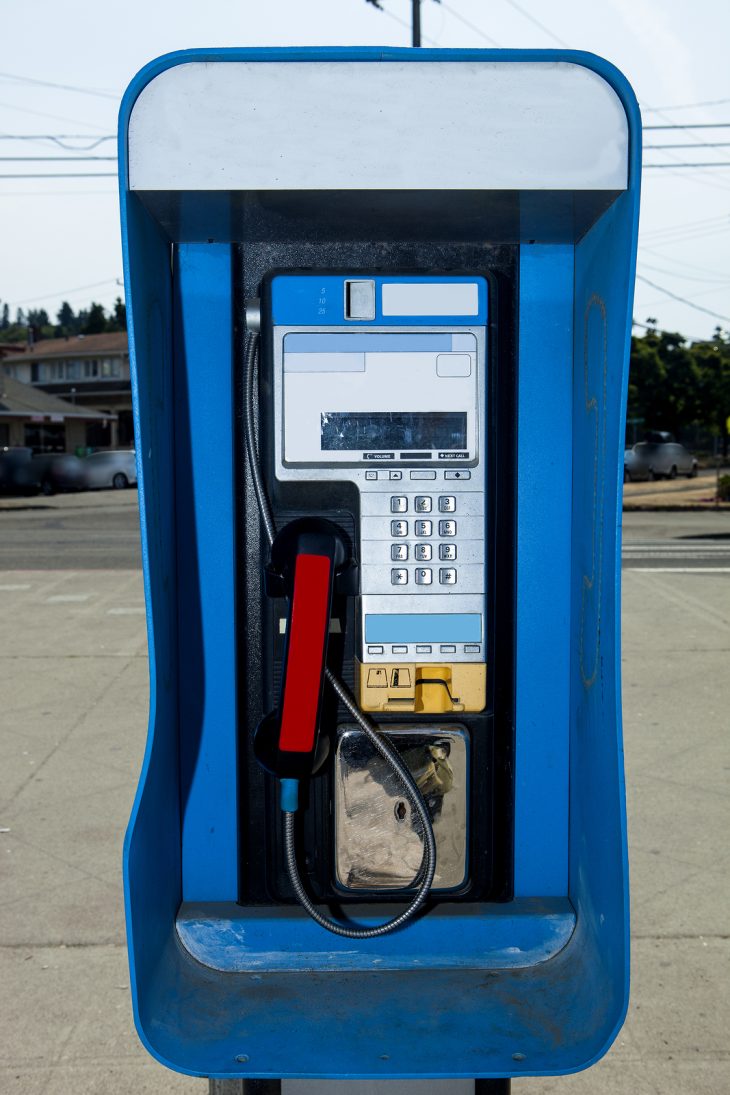
OTTAWA-GATINEAU – Public payphones still have a role in Canadian society, and telcos must follow a new series of measures before removing the last public phone in a community, the CRTC said Thursday.
Despite their dwindling usage, payphones are important because of their accessibility, their one-time per-use cost, and unlimited time for local and toll-free calls, the Commission said. It is calling for public input on a proposal that all incumbent telephone companies be obligated to notify communities affected, including municipalities and First Nations, before removing the last public telephone. Telcos would also have to notify communities before removing a public telephone where wireless service is not available, and Canadians in both rural and urban communities will have the opportunity to voice their opinions to local authorities over the removal of certain payphones.
"Although payphones are no longer used as much as in the past, they continue to play an important role in society and serve the public interest”, said CRTC chairman Jean-Pierre Blais, in a statement. “For this reason, we want to make sure that Canadians are notified when certain payphones are removed in their communities, and that they have the opportunity to share their concerns with local authorities. These authorities will be empowered to respond to the needs of their communities."
The Commission also initiated a proceeding to determine if the current consumer safeguards for notification of rates for calls made by credit card, telephone card or another non-cash method are sufficient and appropriate.
Comments and interventions on both matters are due by March 30, 2105.
In its report Results Of The Fact-Finding Process On The Role Of Payphones In The Canadian Communications System, also released Thursday, the CRTC said that only 32% of Canadians report having used a payphone at least once over the course of the year. When it last reviewed access to payphone service in 2004, 50% of Canadians indicated that they had used payphones on occasion. As of 2016, it is expected that approximately 55,000 payphones will remain in service across Canada.
The Commission also released a study by RedMobile Consulting entitled Evaluation of Payphone Alternatives and Payphones in Emergency Preparedness that examines public payphones as an essential communications service in emergency situations, and as affordable and accessible alternative to other methods of communications .
Lastly, the CRTC said that it will maintain the moratorium imposed in July 2013 that prevents large telcos from removing the last payphone in a community, until a decision has been reached.



